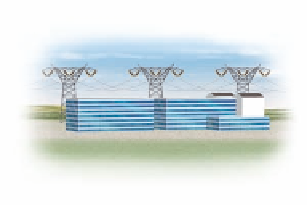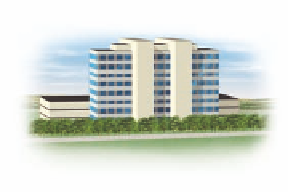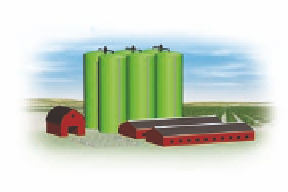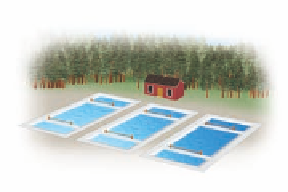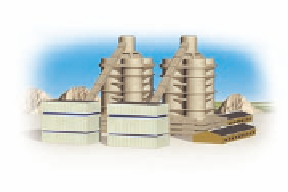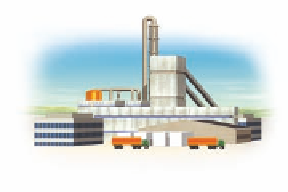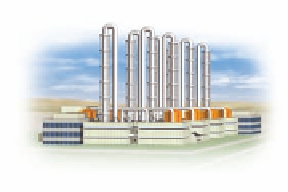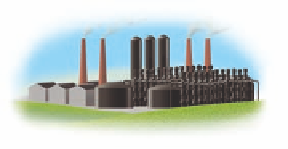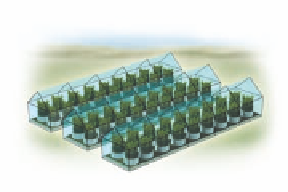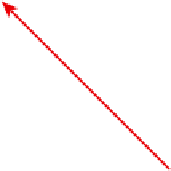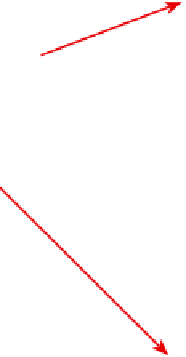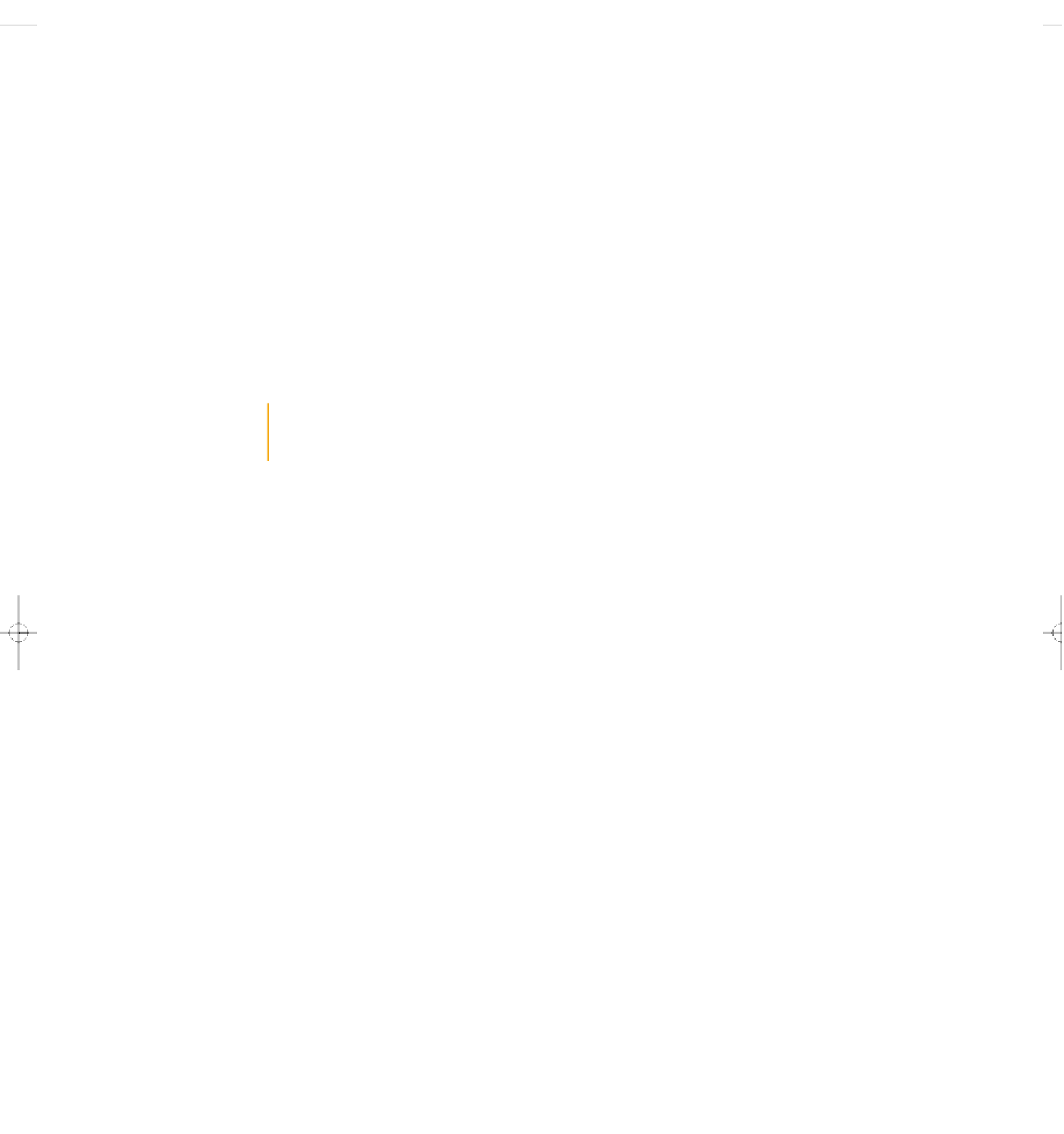Environmental Engineering Reference
In-Depth Information
Sludge
Pharmaceutical plant
Local farmers
Sludge
Greenhouses
Waste
heat
Waste
heat
Waste
heat
Fish farming
Waste heat
Surplus natural gas
Oil refinery
Electric power plant
Fly ash
Surplus
sulfur
Surplus
natural gas
Waste
calcium
sulfate
Waste
heat
Cement manufacturer
Sulfuric acid producer
Wallboard factory
Area homes
Figure 17-5
Solutions:
the
industrial ecosystem
in Kalundborg, Denmark, reduces waste production by mim-
icking a natural food web. The wastes of one business become the raw materials for another.
In a service-flow economy, a manufacturer makes
more money if its product uses the minimum amount
of materials, lasts as long as possible, and is easy to
maintain, repair, remanufacture, reuse, or recycle.
Such an economic shift based on eco-leasing is
already under way in some businesses. Since 1992,
Xerox has been leasing most of its copy machines as
part of its mission to provide
document services
instead
of selling photocopiers. When a customer's service
contract expires, Xerox takes the machine back for
reuse or remanufacture; it has a goal of sending no
material to landfills or incinerators. To save money,
machines are designed to use recycled paper, have
few parts, be energy efficient, and emit as little noise,
heat, ozone, and copier chemical waste as possible.
Canon in Japan and Fiat in Italy are taking similar
measures.
Similarly, Carrier, the world's leading maker of air
conditioning equipment, now leases
cooling services.
The company teams up with other service providers to
install superefficient windows and more efficient
lighting and to make other energy-efficiency upgrades
that reduce the cooling needs of its customers. Carrier
makes money by providing these services rather than
installing equipment. They also increase profits by
making their air conditioning equipment very efficient
and easy to repair, remanufacture, and recycle.
Dow and several other chemical companies are
doing a booming business in leasing organic solvents
(used mostly to remove grease from surfaces), photo-
graphic developing chemicals, and dyes and pig-
ments. In this
chemical service
business, the company
delivers the chemicals, helps the client set up a recov-
ery system, takes away the recovered chemicals, and
delivers new chemicals as needed.
Finally, Ray Anderson, CEO of a large carpet tile
company, plans to lease rather than sell carpet (Individ-
uals Matter, p. 394). There are many entrepreneurial
and career opportunities in the emerging service-flow
economy.
INDIVIDUALS MATTER
Ray Anderson

